You may or may not be aware that Hawk Ridge Systems provides two types of stress analysis tool and technical service to companies we work with – the SOLIDWORKS Simulation range of stress analysis packages, which provide comprehensive stress analysis capabilities within the SOLIDWORKS CAD interface, and SIMULIA Abaqus, an incredibly powerful standalone analysis environment with a dizzying array of mesh, material, and analysis type options. These options offer solutions to problems that are outside the capability of SOLIDWORKS Simulation, or that would be significantly more time consuming to solve using that tool.
Hawk Ridge Systems has recently launched special SIMULIA Abaqus pricing for existing SOLIDWORKS Simulation customers, and the most common question we hear is how to decide which tool is best for a given situation – so I thought I’d share the process we go through to select the appropriate tool to get an accurate result in the least amount of time when we’re working on applications for our analysis consulting customers.
For analysis situations that involve linear stress analysis, estimations of natural frequency, or linear dynamic responses to shock or vibration, we’ll normally solve the problem using one of the SOLIDWORKS Simulation packages. With direct integration with SOLIDWORKS CAD, and an analysis system that makes smart decisions for you, we can often have an initial analysis case, and first-pass results done within minutes of starting. From there, we’ll spend additional time verifying the accuracy of our assumptions, confirming we have a suitable mesh, and exploring design alternatives (and all the other due-diligence that is an important part of making sure you’ve got a realistic and accurate solution).
However, there are a few classes of problem where we’ll typically prefer to start the problem with SIMULIA Abaqus, and here I’ve listed our top three.
- Nonlinear problems with several contact interactions:
Every nonlinear analysis tool has its limit over the amount of complexity it can successfully resolve, and SOLIDWORKS Simulation Premium starts to reach its limit as you include several “No Penetration” contact interactions in a nonlinear analysis. Seasoned Simulation Premium users will be familiar with occasional warning messages that indicate that the software is struggling with convergence at each step. SIMULIA Abaqus has a more robust contact solver, which allows us to resolve these contact interactions more effectively, and has richer control over some of the contact interaction options.
There’s also a usability difference in these situations – SOLIDWORKS Simulation requires explicit definition of contact pairs between faces that might come into contact, which means each potential interaction between two surfaces has to be defined as a feature. SIMULIA Abaqus offers a function called General Contact that will scan the model at each step, and automatically determine which faces may come into contact with each other as the analysis progresses.
We recently completed an analysis project that featured contact interaction between a scanned model of a portion of the human body and a therapeutic device – in all there were 50,000 unique faces interacting with each other. The contact capability of SIMULIA Abaqus was a huge asset in resolving a very accurate solution to the problem, but additionally identifying contact features for each of those faces would not have been logistically feasible in SOLIDWORKS – just like it would be challenging in the Jenga example pictured below.
- Very rapid events – shock, drop, impact, especially if they include nonlinear material behavior
For today’s handheld devices, drop testing is a critical part of the qualification process, and there are many other applications where a rapidly occurring event is an important action to test against.
SOLIDWORKS Simulation generally uses an implicit solver approach, where each step in an analysis is fully converged and resolved – great for static events, and gradually applied loads, but the timescales in something like a drop action are much smaller, making them harder to resolve.
SIMULIA Abaqus also features an implicit solver routine, but for these types of problems we’ll typically look to the Explicit solver. It is specifically designed for rapid events of this type, and introduces a more robust, and less time-consuming approach to drop and shock actions. Couple this with the fact that detailed plasticity and nonlinear models are available for the materials (many impact or drop events create some localized damage that needs to be understood).
Abaqus is also great at analyzing situations where the loading and stress changes through the loading event – for example, situations where parts are pre-stressed or pre-tensioned, or undergo a specific loading sequence. Boundary conditions and loads can be added, turned off, or modified through an analysis using the “Stepping” behavior in Abaqus.
- Problems with very large distortions.
The more you stretch something, the harder it is to resolve, and while we can get into some fairly complex nonlinear and hyperelastic behavior with SOLIDWORKS Simulation, when you’re getting up into strains of several hundred percent, the power of the SIMULIA Abaqus nonlinear solver really takes over.
Plus, SIMULIA Abaqus has a huge library of material models, and great tools to map real-world test data to material information, which are all part of getting the most realistic behavior possible.
- Multi-Physics Scenarios
It’s a common analyst statement that “the real world is nonlinear”, but it’s also true that the real world is “multi-physics”. So often, a real life situation involves fluids, electromagnetics, thermal effects, and more, and while it’s good practice to try to separate the physics to simplify the problem, sometimes those assumptions just don’t hold water, and we need to consider the full system.
SIMULIA Abaqus offers a range of tools for multi-physics analysis, from running a true CFD study for a complete fluid-structure interaction problem (FSI) to using coupled Euler-Lagrangian (CEL) elements and other approximations of the fluid.
We’ve handled a range of different examples for our customers that involve the internal pressurization of vehicle air-springs (approximating the pneumatic pressure inside the cavity as you drive the air-spring through different events), looked at valve deflections under fluid flow, and considered the free surface of water tumbling down a waterslide.
SOLIDWORKS Simulation can offer integrated transfer of results between CFD and thermal studies to stress analysis, but these situations are decoupled. If the solid and fluid mechanic elements of the situation constantly are influencing each other, SIMULIA Abaqus is the way to go.
There are plenty more differentiators between the two tools, and we’d love to show you more, if you want to contact one of our analysis experts to discuss your application. Be sure to check out our YouTube channel for amazing videos!
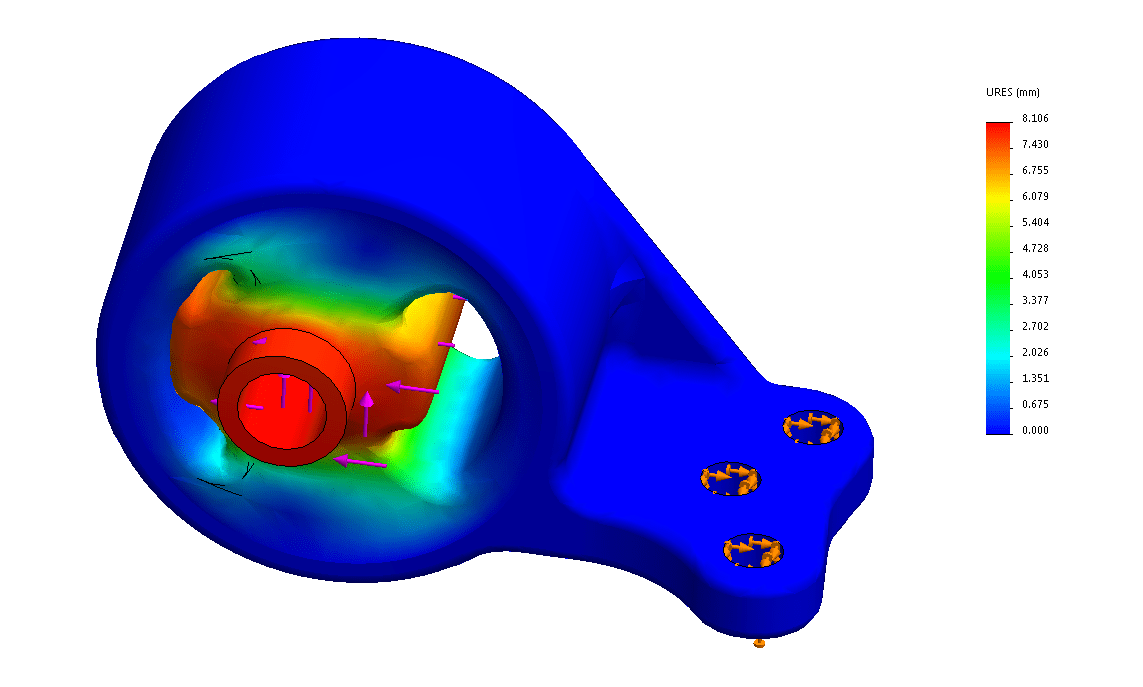
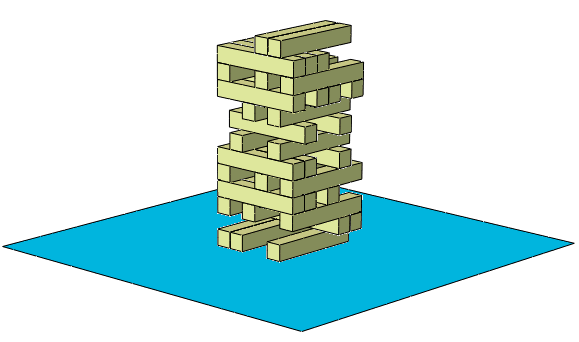

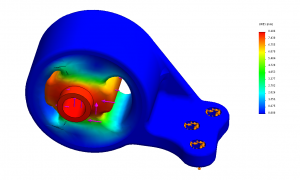
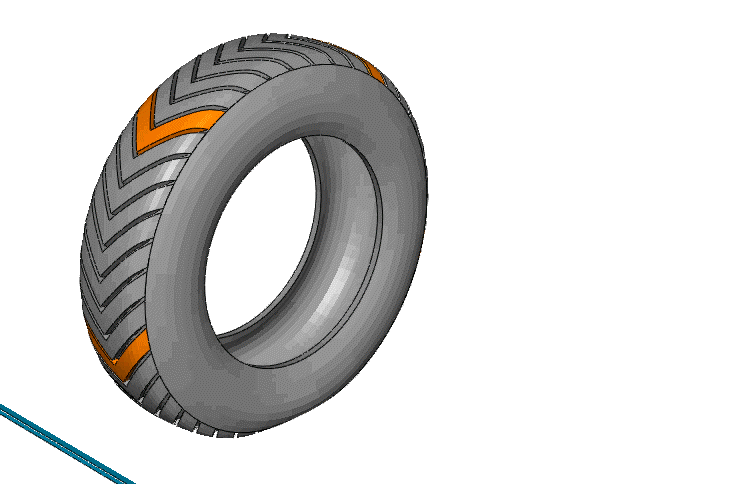

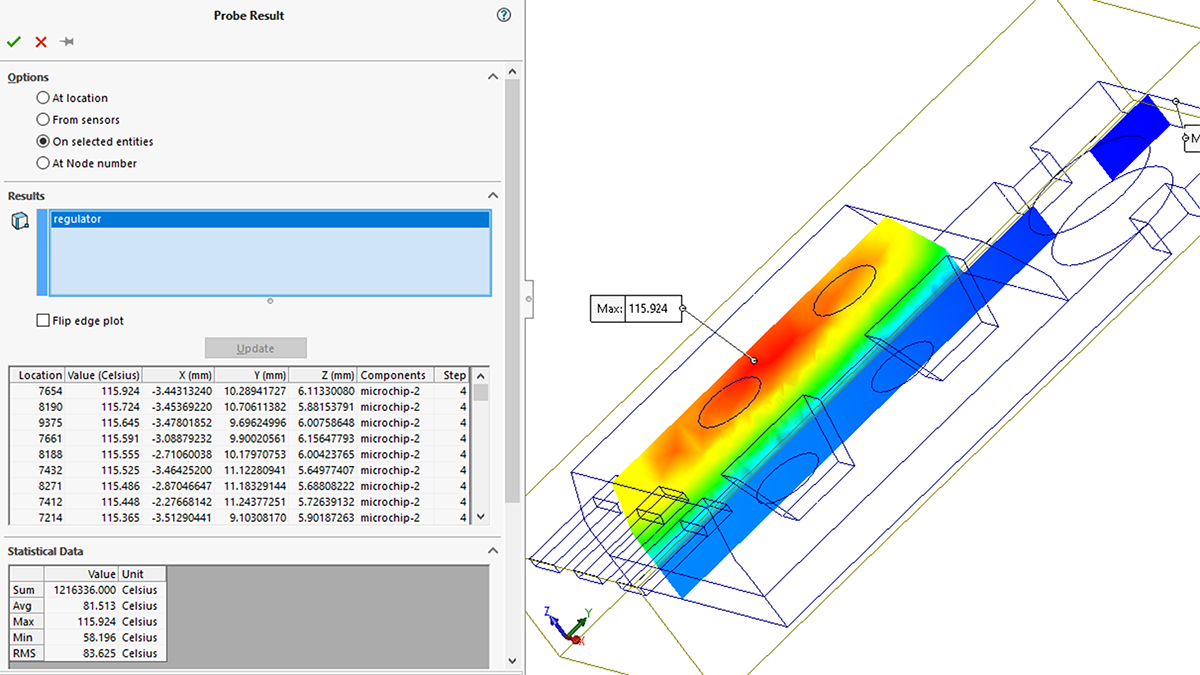

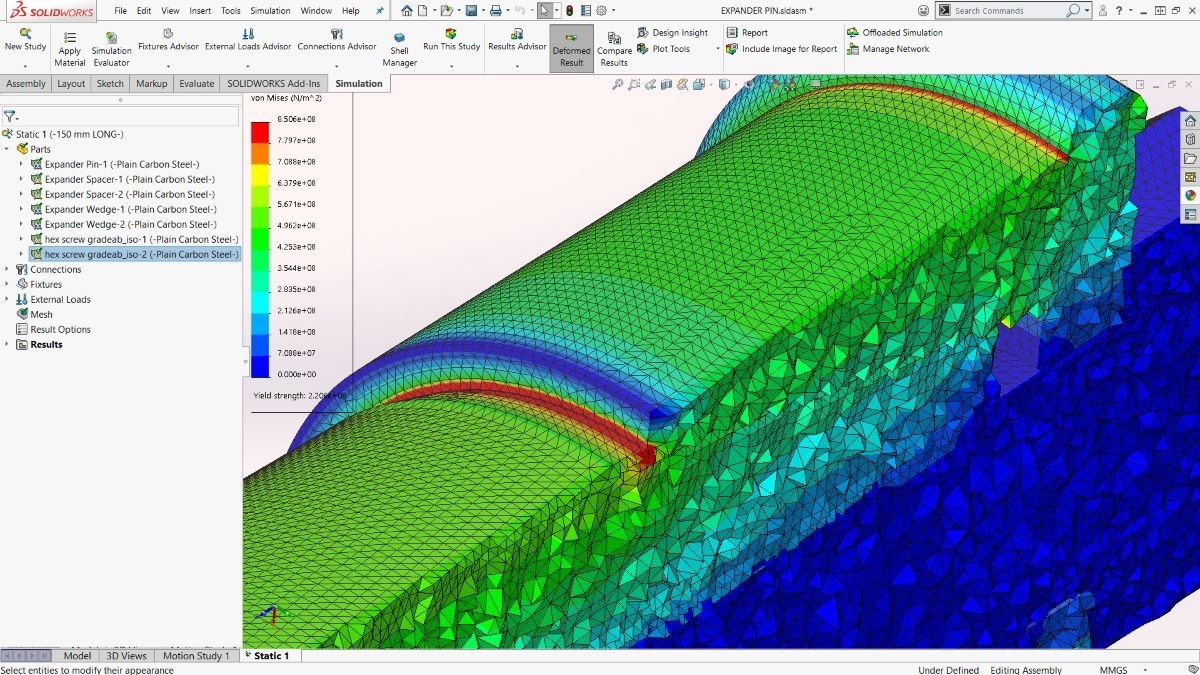
Dear Glenn,
Thank you for writing the artile “SOLIDWORKS SIMULATION VS SIMULIA ABAQUS” which gives the extended capabilities of SIMULIA ABAQUS in Solidworks.
Let me introduce myself, I am Duraipandian working as an analyst at ANSYS, India. I have two questions regarding,
1. Time taken to perform analysis in Solidworks Simulation vs Simulia Abaqus – do you have any approximate timeframe that Simulia Abaqus is offering X times reduction
2. Problem-solving capability: What does the limited problem-solving capability for Solidworks simulation referring to?
Would you be interested in discussing this over a web call?
Regards
Duraipandian Gajendran
+91 – 93847 62517